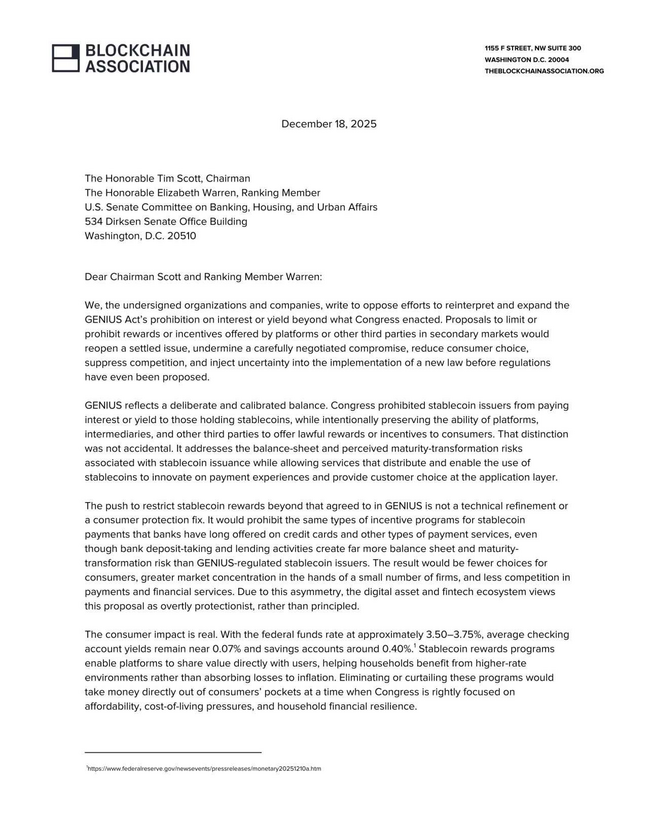😮Insider Fed Paper Admits the Central Bank Can’t Control Inflation😮
It appears somebody at the Federal Reserve has figured out that the central bank can’t tame inflation, so it’s setting up a scapegoat – Uncle Sam.
A paper co-authored by Leonardo Melosi of the Federal Reserve Bank of Chicago and John Hopkins University economist Francesco Bianchi and published by the Kansas City Federal Reserve argues that central bank monetary policy alone can’t control inflation.
The paper’s abstract asserts, “This increase in inflation could not have been averted by simply tightening monetary policy.”
In a nutshell, Melosi and Bianchi argue that the Fed can’t control inflation alone. US government fiscal policy contributes to inflationary pressure and makes it impossible for the Fed to do its job.
"Trend inflation is fully controlled by the monetary authority only when public debt can be successfully stabilized by credible future fiscal plans. When the fiscal authority is not perceived as fully responsible for covering the existing fiscal imbalances, the private sector expects that inflation will rise to ensure sustainability of national debt. As a result, a large fiscal imbalance combined with a weakening fiscal credibility may lead trend inflation to drift away from the long-run target chosen by the monetary authority.”
There are a couple of startling admissions in this single paragraph.
First, the authors acknowledge that the federal government uses inflation as a tool to handle its debt. In other words, it acknowledges that we’re all paying an inflation tax.
Peter Schiff talked about this inflation tax in an interview on Rob Schmitt Tonight.
"Inflation is a tax. It’s the way government finances deficit spending. Government spends money. It doesn’t collect enough taxes, so it has to run deficits. The Federal Reserve monetizes those defiticts – prints money. They call it quantitative easing, but that’s inflation. Government is getting bigger and bigger, and families across America are going to have to bear that burden through higher prices.”
Second, the paper concedes that merely tinkering with interest rates won’t slay inflation if the government continues to spend far beyond its means.
And make no mistake, the US government is spending far beyond its means. Although the budget deficit is shrinking as emergency pandemic spending programs wind down, the Biden administration continues to spend about half-a-trillion dollars every single month, piling onto the ever-ballooning deficit.
This paper admits what I’ve been saying for months. Government spending is a big problem for the Federal Reserve. Powell and Company continue to insist they will stay in this inflation fight until the end. But Uncle Sam depends on the Fed buying Treasury bonds in order to facilitate its borrowing addiction. As the central bank buys bonds, it creates artificial demand and holds interest rates down. The government needs low interest rates when it’s borrowing trillions of dollars. Without the Fed’s big fat thumb on the bond market, Treasury prices will continue to sink as supply outstrips demand, and interest rates will rise.
Melosi and Bianchi also tacitly admit that the Fed isn’t going to win this inflation fight and warns we could be heading toward stagflation.
"When fiscal imbalances are large and fiscal credibility wanes, it may become increasingly harder for the monetary authority to stabilize inflation around its desired target. If the monetary authority increases rates in response to high inflation, the economy enters a recession, which increases the debt-to-GDP ratio. If the monetary tightening is not supported by the expectation of appropriate fiscal adjustments, the deterioration of fiscal imbalances leads to even higher inflationary pressure. As a result, a vicious circle of rising nominal interest rates, rising inflation, economic stagnation, and increasing debt would arise.”
This is exactly what is happening.
Melosi and Bianchi call this a “pathological situation.”
"Monetary tightening would actually spur higher inflation and would spark a pernicious fiscal stagflation, with the inflation rate drifting away from the monetary authority’s target and with GDP growth slowing down considerably.”
Well hello there, Fed! Welcome to reality.
The Federal Reserve has raised rates to 2.5%. Despite mainstream assertions to the contrary, it appears the economy has already dipped into a recession. Private sector economic activity has dropped to the lowest levels since early in the COVID lockdowns, the housing market is tanking, and the economy has charted two straight months of negative GDP growth.
During his Jackson Hole speech, Jerome Powell said the Fed will “use our tools forcefully” to get inflation under control and even conceded that it will cause some economic pain. But the numbers undercut Powell’s confident assertions. The Fed would have to raise rates to a level that would obliterate this bubble economy in order to cool inflation.
I think the central bankers know this. This paper, co-authored by a Fed official, makes that pretty clear. I think the central bankers are setting the stage to finger point and pass the buck when this whole inflation-fighting scheme blows up in their faces.
The paper states, that the central bank can control inflation “only when public debt can be successfully stabilized by credible future fiscal plans.”
Do you think that is going to happen?
I don’t either.
In fact, the only workable plan is for the Federal Reserve to monetize more debt by buying more Treasuries with more money created out of thin air. This is one reason I’ve been saying for months that the Fed won’t win this inflation fight.
In one sense, I think the Fed is setting the stage for its own failure. It’s already making excuses. And it’s a little pathetic. The central bank put quantitative easing on steroids during the pandemic, injecting nearly $5 trillion into the economy. That is the very definition of inflation. If you want to know who to blame for this inflation mess, the Fed stands at the front of the line.
That said, this paper isn’t completely disingenuous. As I’ve already explained, the federal government plays a role in the inflation game as well. As the saying goes, it takes two to tango. Federal government spending is out of control, and the spending spree necessitates inflation. (It’s not just Biden’s fault — the Trump administration was running massive deficits prior to the pandemic.)
So, even if Melosi and Bianchi are trying to point the finger in another direction, they aren’t wrong when they write, “[Stagflation] is caused by the progressive deterioration of the fiscal authority’s credibility to stabilize its large debt and the realization that the reputation of the monetary authority is incompatible with the expected behavior of the fiscal authority.”
In plain English, the central bank can’t stop inflation when the federal government needs inflation to survive.
This paper won’t get much attention. In fact, it comes with a disclaimer — “The views in this paper are solely those of the authors and should not be interpreted as reflecting the views of the Federal Reserve Bank of Chicago or any person associated with the Federal Reserve System.”
Regardless, they’ve swerved into the truth and we’d do well to pay attention.































